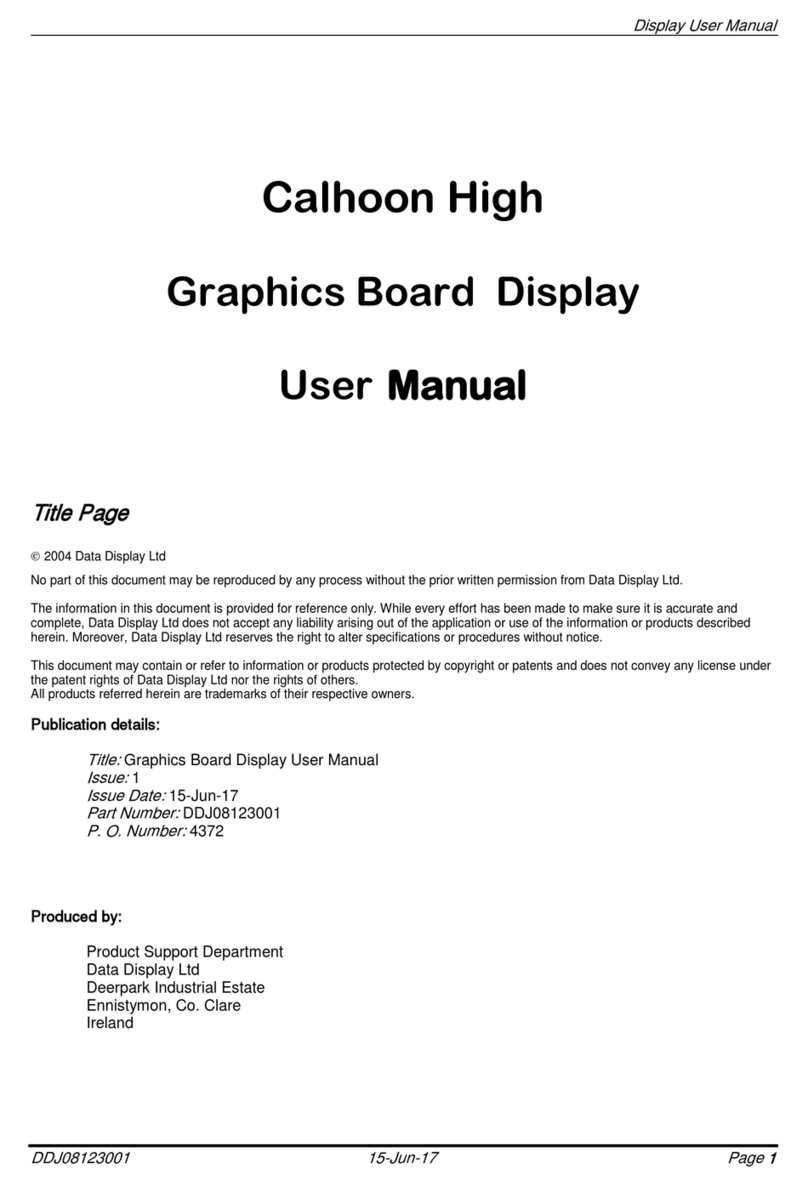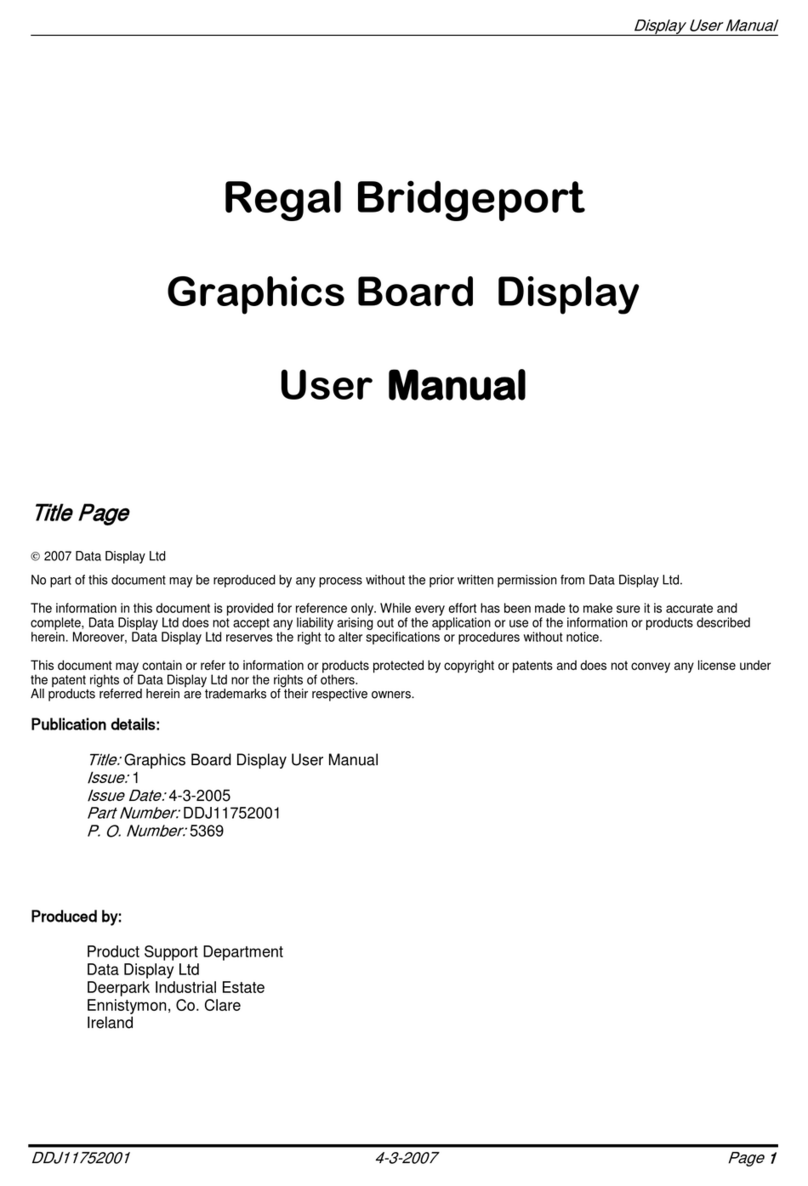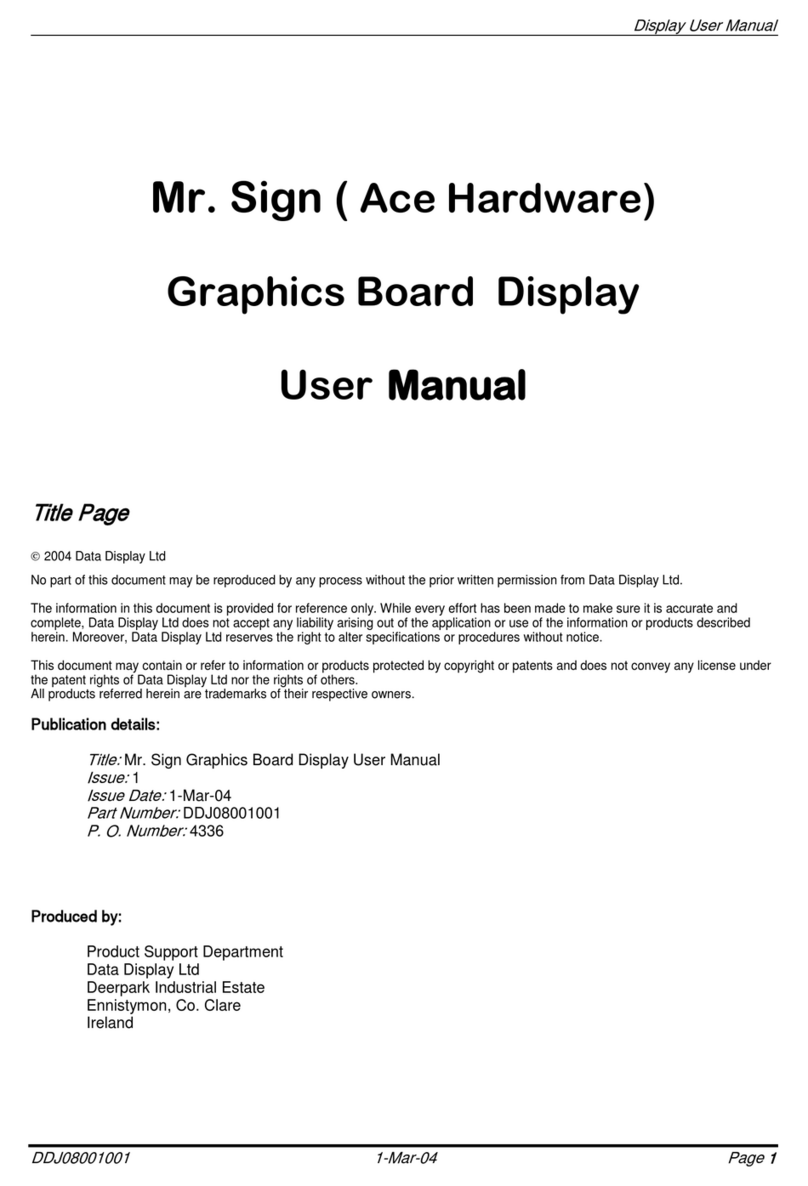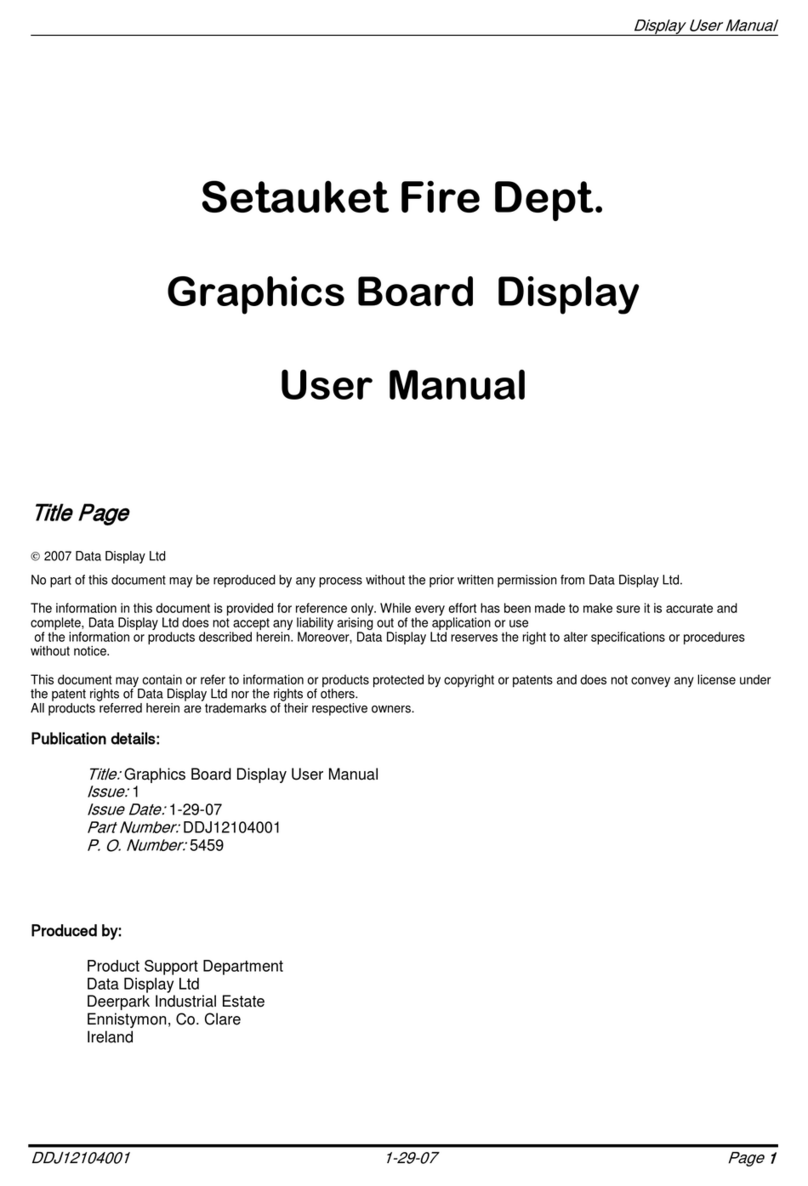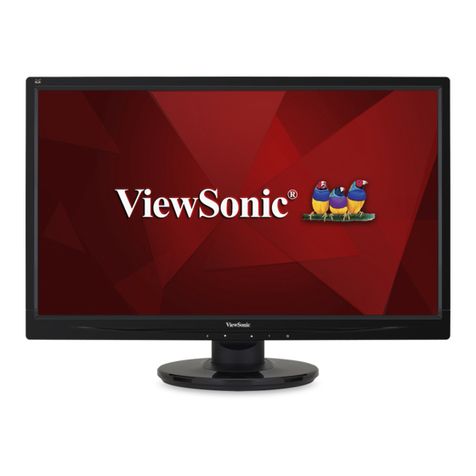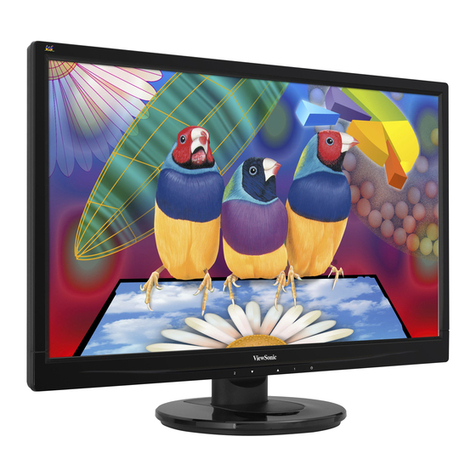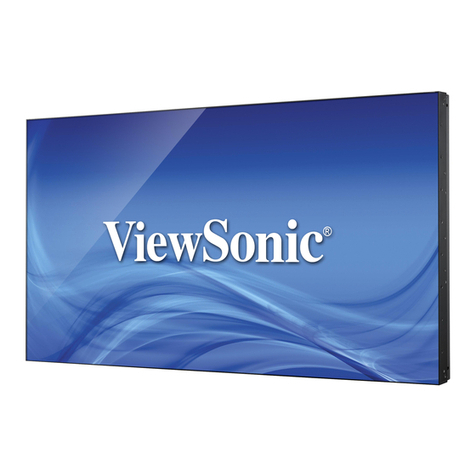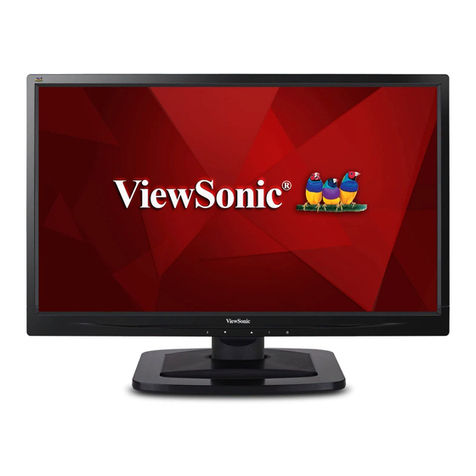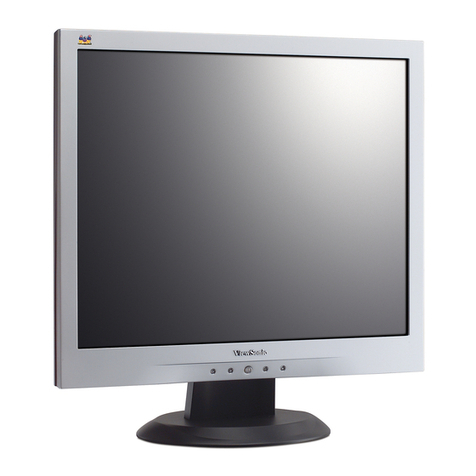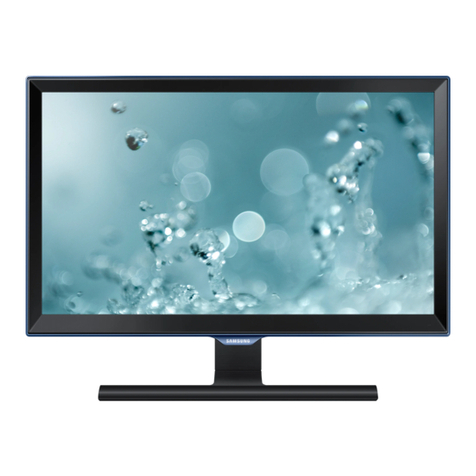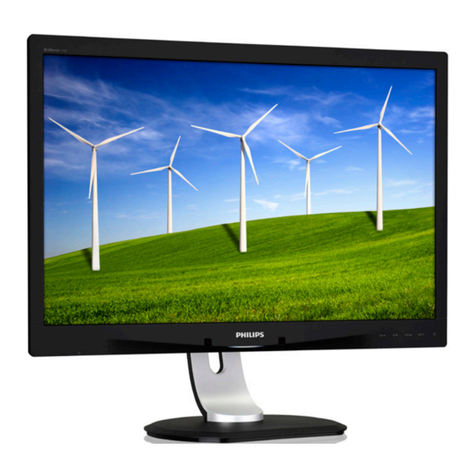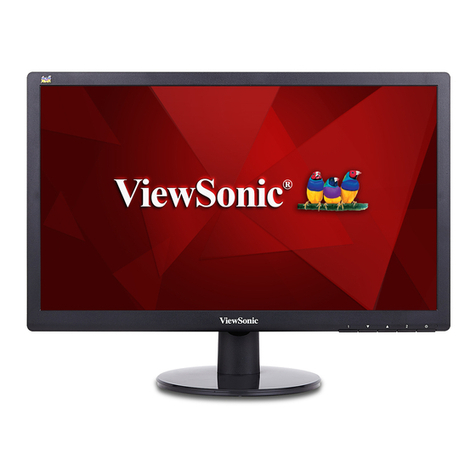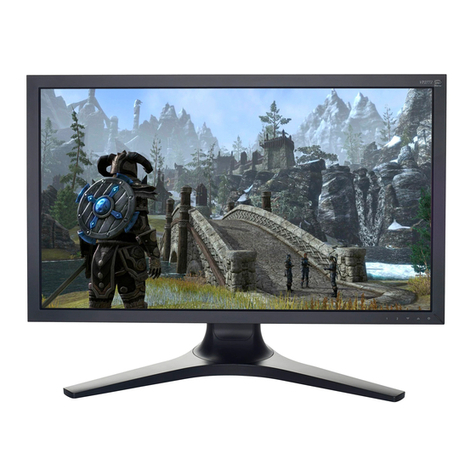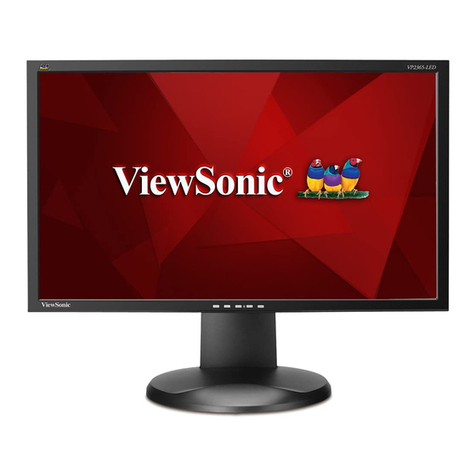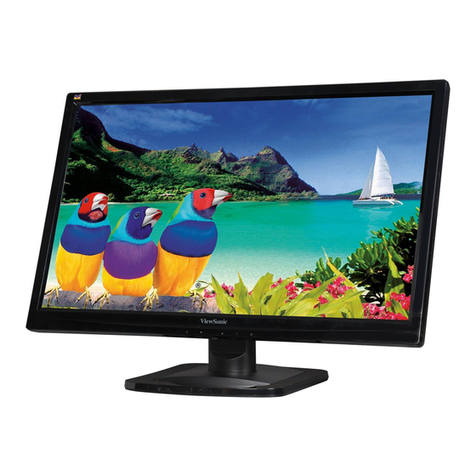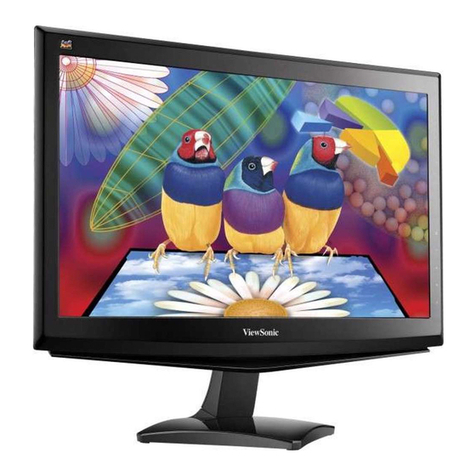
Display User Manual
DDJ07310001 1-Oct-03
Page 2
Table of Contents
1Introduction.........................................................................................................................................3
1.1 Scope.......................................................................................................................................................3
1.2 Purpose....................................................................................................................................................3
1.3 System.....................................................................................................................................................3
2Hardware............................................................................................................................................4
2.1 Unpacking................................................................................................................................................4
2.2 Installation................................................................................................................................................4
2.3 Control Box..............................................................................................................................................5
2.4 Interface Board ........................................................................................................................................6
2.5 Display Panels, GB8835-Rev4................................................................................................................7
2.6 Logic Board, PAS145 ..............................................................................................................................8
3Software.............................................................................................................................................9
3.1 System Requirements .............................................................................................................................9
3.2 Conventions used in this Manual.............................................................................................................9
3.3 Installation..............................................................................................................................................10
3.4 Getting Started.......................................................................................................................................11
3.5 Exiting from the Software.......................................................................................................................11
3.6 Accessing Help......................................................................................................................................11
3.7 Screen Layout and Symbols..................................................................................................................12
3.7.1
The Caption Bar.................................................................................................................................12
3.7.2
The Speed Bar...................................................................................................................................13
3.7.3
The Menu Bar ....................................................................................................................................13
3.7.4
The Canvas........................................................................................................................................13
3.7.5
The Status Line..................................................................................................................................13
3.8 The Menu Bar........................................................................................................................................14
4Examples..........................................................................................................................................35
4.1 How to Setup a Graphics Frame...........................................................................................................35
4.2 How to create a simple animation with effects. .....................................................................................35
4.3 Adding text to a Graphics frame............................................................................................................35
4.4 Displaying the Date, Time or Temperature............................................................................................36
4.5 Notes on importing Clipart and Fonts....................................................................................................37
5Trouble Shooting ..............................................................................................................................38
5.1 Software.................................................................................................................................................38
5.2 Hardware ...............................................................................................................................................38
6Effects ..............................................................................................................................................39
6.1 ON/OFF Effects .....................................................................................................................................39
6.2 Character Fonts.....................................................................................................................................40
7Maintenance.....................................................................................................................................40
7.1 Maintenance Instructions.......................................................................................................................40
7.1.1
Cleaning the Display..........................................................................................................................40
7.1.2
Preventative Maintenance..................................................................................................................40
7.2 Technical Support..................................................................................................................................40
8Specifications ...................................................................................................................................41
